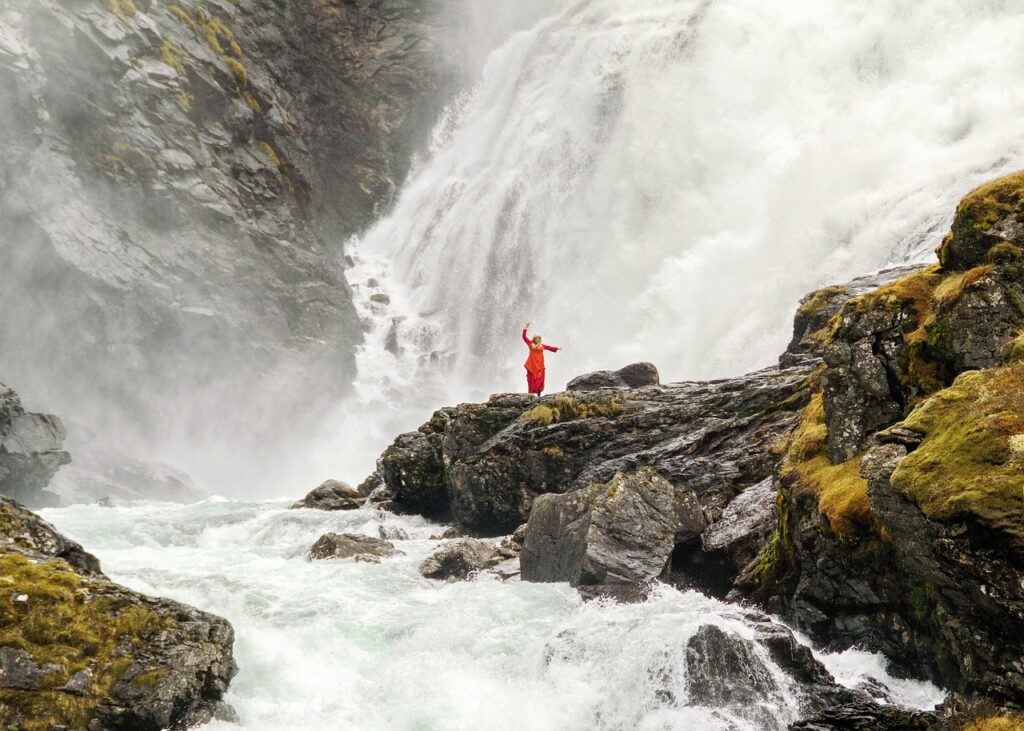How Art Galleries Work Arcagallerdate: The Process
1. Curation: The Foundation
Every strong show begins with a clear theme or focus. No drifting, no “catchall” approach. Galleries select from inhouse proposals, open calls, or active scouting. Artists are chosen based on fit—style, subject, and career stage—not just reputation.
Discipline: Only art that fits the narrative or vision makes the cut—every piece must earn its place.
2. Contracts, Insurance, and Scheduling
Artists and galleries sign written agreements: duration, installation dates, commission breakdown (usually 40–50%), and logistical responsibilities. Insurance—damage, theft, transit—is specified and logged for every listed work. The “arcagallerdate” routine means threemonth planning minimum: promo runup, install, show, strike, and postmortem.
Routine and clarity kill surprises.
3. Art Arrival and Inspection
Every piece is reviewed on arrival for condition, authenticity, and correct paperwork. Damage, if present, is documented with timestamps and photos; insurance is immediately alerted. Works are entered into inventory and barcoded/tagged for catalog and tracking.
Discipline in intake makes losses and disputes rare.
4. Hanging, Lighting, and Space
Install follows a tested plan: works are measured, marked, and hung with the center point at 58–62 inches—adjusted for work and space. Lighting: neutral, even, and focused. No glare, direct sun, or excessive heat on canvas or paper. Spacing is deliberate—crowding kills impact, too much “air” breaks coherence.
How art galleries work arcagallerdate: Install follows a checklist, not gut.
5. Labeling and Cataloguing
Every work gets a standard wall label (artist, title, date, medium, size, price). Comprehensive print and digital catalog—includes process, provenance, and, if available, artist statement. QR codes for digital dives (video, artist interviews, technique) beside major works.
Clarity in data is sales power.
6. Opening and Promotion
Preview for press, collectors, and curators before general opening—early buzz is always intentional. Openings are events: timed, with RSVP lists, and planned sequences for speeches and artist meetandgreets. Gallery and artist work social and press channels for maximum reach.
Arcagallerdate discipline: No openers or tours without schedule or point person.
7. Sales, Security, and Red Tape
Sales are tracked in real time—databases or logs tally each interest, offer, and sale. Sold works are often “marked” but remain in the show until close—unless buyer insists otherwise. Security: staffed open hours, camera and sensor monitoring, daily condition audits.
Every transaction is logged, with backup documentation.
8. Shows Run On Schedule
Calendar blocks for artist talks, workshops, and private tours fill the run—prevents dead time and wasted traffic. Maintenance: climate, traffic, and cleaning all on routine. Feedback surveys and collector notes are gathered both ingallery and online.
How art galleries work arcagallerdate: Every day is a planned checkpoint, never idle.
9. Breakdown and Artwork Return
Works removed, inspected, and packed per written checklist. Unsold art returned or transferred as agreed—receipts and condition reports for each. Sales proceeds split per contract; payouts made on written schedule.
Routine turns closing chaos into smooth reset.
10. Postmortem: Learn, Report, Improve
After every show, staff and artists debrief. What worked? Where did traffic, buzz, or sales lag? Email followups to buyers, press, and new contacts keep the momentum for future shows. Catalog, photos, and PR clippings are archived against the next exhibition.
Discipline turns every show into a sharper one next time.
Pitfalls & What to Avoid
Lastminute installs—breaks artwork, misses deadlines, and ruins promotion. Weak contract terms—leads to conflict over damage, late payments, or stolen works. Ignoring lighting or climate—ages and damages oil, watercolor, and even sculpture. Relying on hope for turnout—routine scheduling, clear PR, and social discipline set the floor.
For Artists: Win the Gallery Routine
Submit on time with sharp images, updated vitae, and focused statement. Label and prepare each work for universal install (Drings, wire, framed as needed). Attend every event; engage viewers, answer questions, and document feedback.
For Curators: Kill Chaos With Process
Use install and strike checklists—every piece, every shift. Log climate and security daily. Communicate with artists and buyers by set times—respond to every question or request.
Conclusion
Art exhibition is slow, methodical work—a practice that rewards those willing to prepare, log, and review every move. The gallery oil paintings arcagallerdate routine is discipline: from pitch to hang to sale, every session runs on checklists, logs, and clear communication. The result is art that sells, impresses, and builds a legacy—one rigorously planned show at a time. Don’t leave anything to luck. Outorganize, outplan, and outlast the noise.


 Co-founder of Arcagallerdate, Zayric Xelvaris is passionate about exploring innovative travel trends, unique travel technologies, and eco-friendly tourism. His mission is to inspire travelers to explore wisely, protect nature, and embrace global discovery with purpose.
Co-founder of Arcagallerdate, Zayric Xelvaris is passionate about exploring innovative travel trends, unique travel technologies, and eco-friendly tourism. His mission is to inspire travelers to explore wisely, protect nature, and embrace global discovery with purpose.